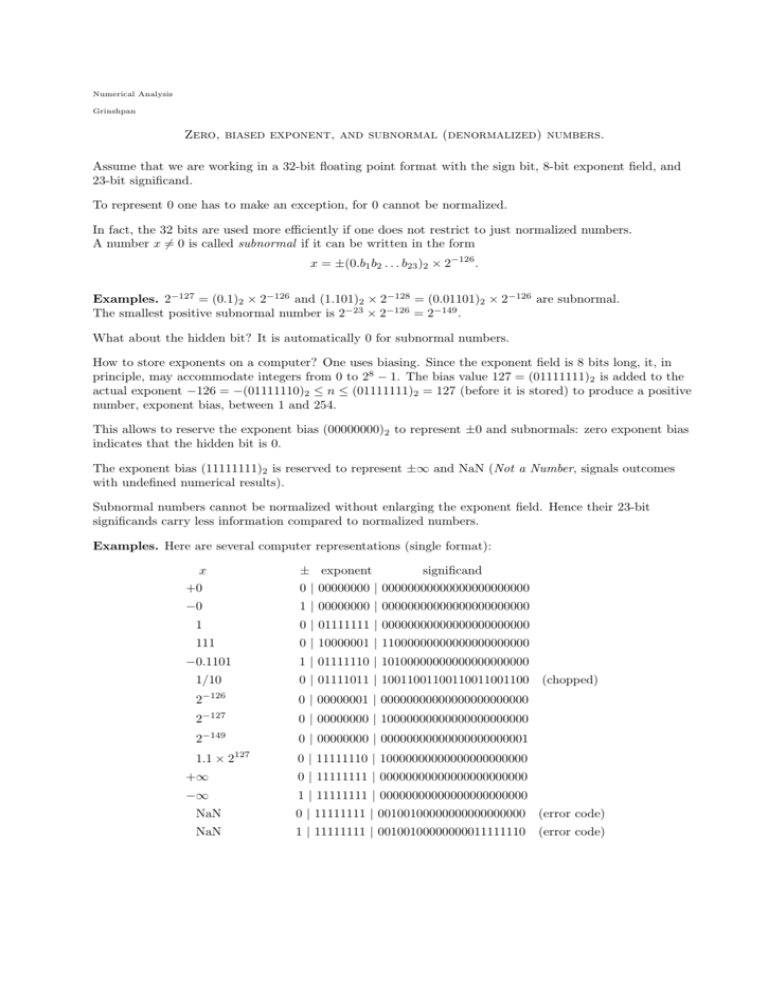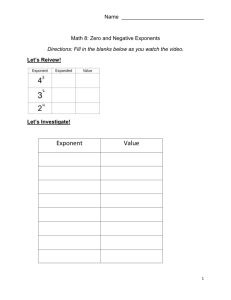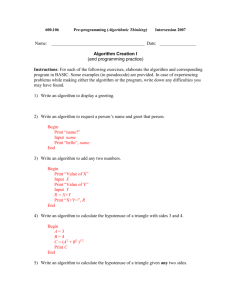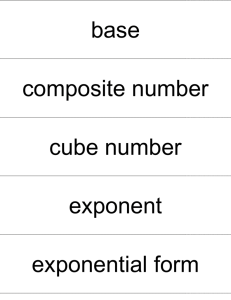Zero, biased exponent, and subnormal (denormalized) numbers
advertisement

Numerical Analysis Grinshpan Zero, biased exponent, and subnormal (denormalized) numbers. Assume that we are working in a 32-bit floating point format with the sign bit, 8-bit exponent field, and 23-bit significand. To represent 0 one has to make an exception, for 0 cannot be normalized. In fact, the 32 bits are used more efficiently if one does not restrict to just normalized numbers. A number x 6= 0 is called subnormal if it can be written in the form x = ±(0.b1 b2 . . . b23 )2 × 2−126 . Examples. 2−127 = (0.1)2 × 2−126 and (1.101)2 × 2−128 = (0.01101)2 × 2−126 are subnormal. The smallest positive subnormal number is 2−23 × 2−126 = 2−149 . What about the hidden bit? It is automatically 0 for subnormal numbers. How to store exponents on a computer? One uses biasing. Since the exponent field is 8 bits long, it, in principle, may accommodate integers from 0 to 28 − 1. The bias value 127 = (01111111)2 is added to the actual exponent −126 = −(01111110)2 ≤ n ≤ (01111111)2 = 127 (before it is stored) to produce a positive number, exponent bias, between 1 and 254. This allows to reserve the exponent bias (00000000)2 to represent ±0 and subnormals: zero exponent bias indicates that the hidden bit is 0. The exponent bias (11111111)2 is reserved to represent ±∞ and NaN (Not a Number, signals outcomes with undefined numerical results). Subnormal numbers cannot be normalized without enlarging the exponent field. Hence their 23-bit significands carry less information compared to normalized numbers. Examples. Here are several computer representations (single format): x +0 ± exponent significand 0 | 00000000 | 00000000000000000000000 −0 1 | 00000000 | 00000000000000000000000 1 0 | 01111111 | 00000000000000000000000 111 0 | 10000001 | 11000000000000000000000 −0.1101 1 | 01111110 | 10100000000000000000000 1/10 0 | 01111011 | 10011001100110011001100 −126 0 | 00000001 | 00000000000000000000000 2−127 0 | 00000000 | 10000000000000000000000 2 −149 (chopped) 0 | 00000000 | 00000000000000000000001 2 127 1.1 × 2 0 | 11111110 | 10000000000000000000000 +∞ 0 | 11111111 | 00000000000000000000000 −∞ 1 | 11111111 | 00000000000000000000000 NaN 0 | 11111111 | 00100100000000000000000 (error code) NaN 1 | 11111111 | 00100100000000011111110 (error code)






